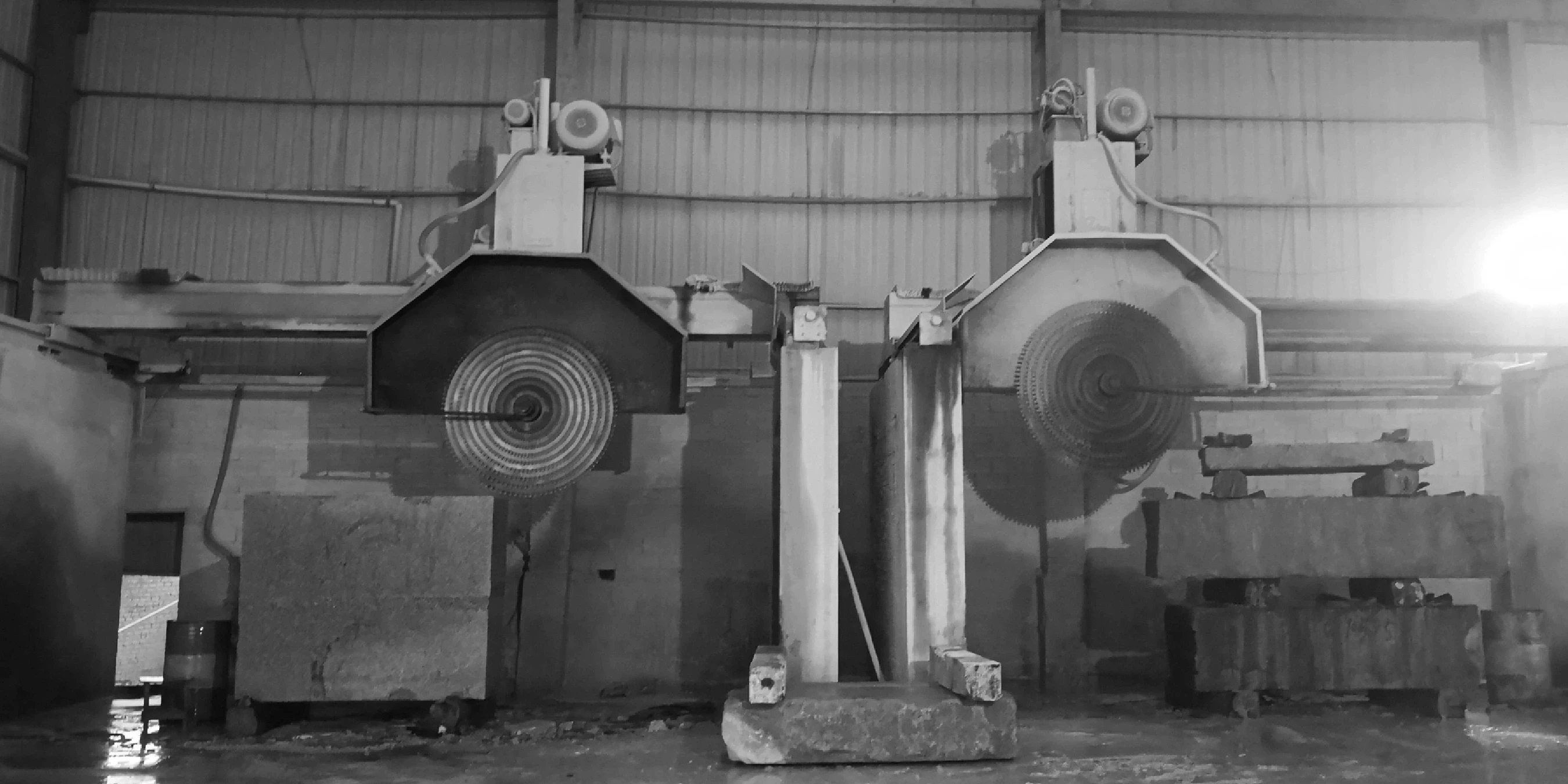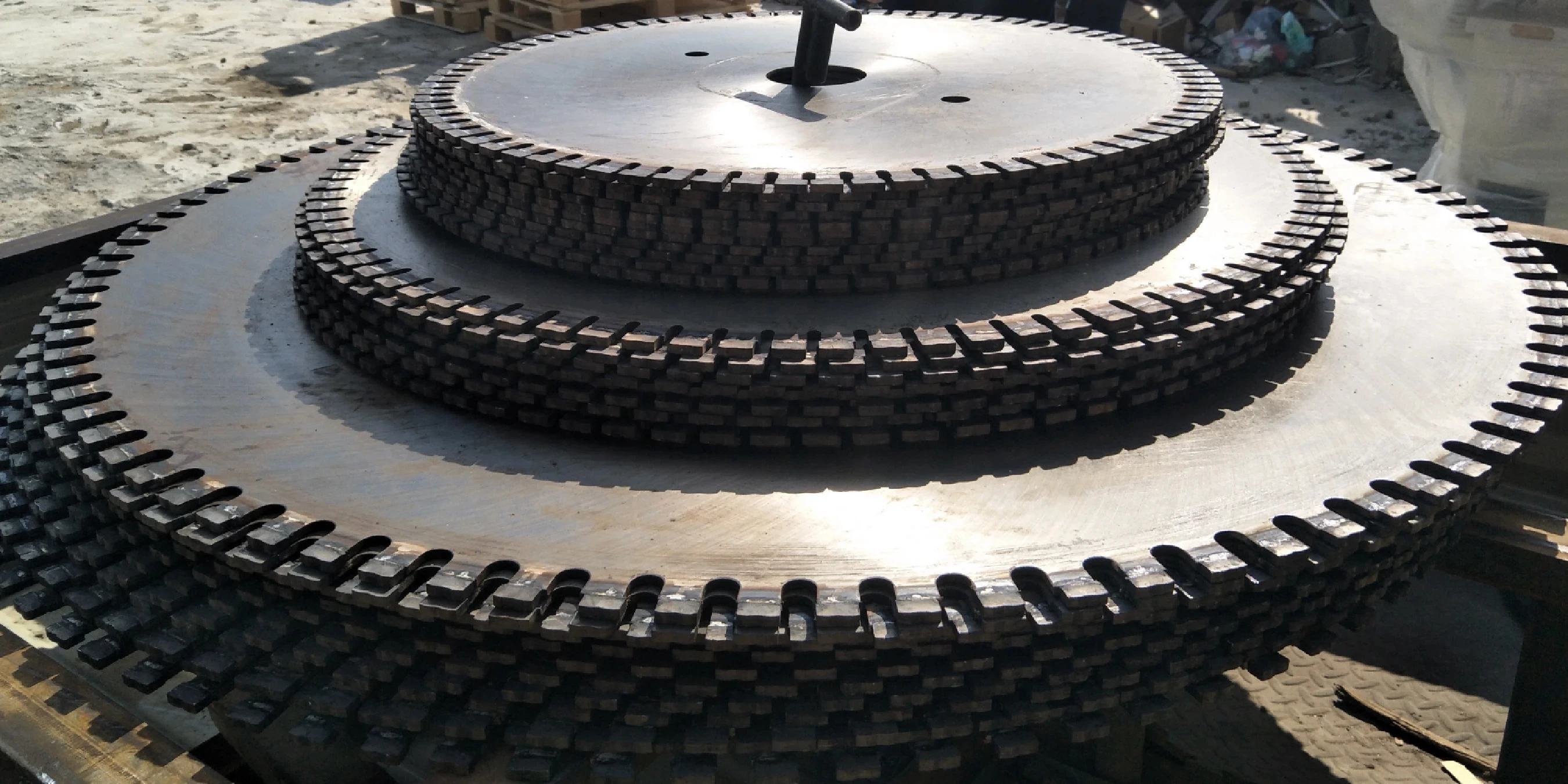Hi, this is Lizzy from Dinosaw ( Not a Robot ). Which Machine ( model ) do you want? Please WhatsApp us now
A practical guide to operating and maintaining your multi-blade stone block cutting machine. Get daily/weekly checklists, troubleshooting for top 10 issues, and safety SOPs to reduce downtime.
Outcome-focused - Simple, repeatable routines keep a stone block cutting machine running predictably. With a multi-blade block saw, you cut several kerfs per pass; a rigid cast crossbeam frame and precise guide-post lift stabilize the system, while good lubrication and QA prevent deviation and rework (manufacturer-reported).
SOPs
Power-on and Pre-Run
- Verify power and water for the industrial stone saw; check enclosure lighting and HMI status.
- Inspect lubrication points (semi-fluid grease 000/00 on guide-posts; auto-lube if slide type).
- Confirm blade condition and spacing; tighten fasteners; clear debris and slurry trays.
Changeover and Calibration
- Lock-out/tag-out; replace/retighten blades; re-set spacing per target slab thickness + kerf.
- Zero vertical lift; check guide-post clearance; run a dry lift to confirm alignment.
- Lock-out/tag-out; replace/retighten blades; re-set spacing per target slab thickness + kerf. QA a sample pack before full run; for initial cutting, focus on output consistency, tolerance logged only when required.
Lubrication and Consumables
- Grease guide-posts per shift; inspect oil indicators; replenish coolant/water.
- Track blade wear; align reorder points with lead times; keep bearings and pulleys in stock.
Safety Checks
- Guards closed; PPE in place (eye/ear/respirator/gloves/boots); dust/slurry handling active.
- Emergency stop test weekly; cabinet grounding and surge protection verified.

Top 10 Troubleshooting (Symptom → Cause → Fix → Prevention)
- Blade wobble/vibration → worn bearings/pulley imbalance/mismatch rpm–diameter → inspect bearings, re-balance pulleys, match rpm, reduce feed → schedule bearing checks; record rpm vs diameter.
- Deviation/uneven kerf → lift play/blade wear/inconsistent spacing → verify guide-post clearance, refresh blades, re-set spacing, QA at pack-out → tighten clearance checks; standardize spacing per SKU.
- Overheat/burn marks → excessive rpm/feed or poor cooling → lower rpm or feed; clean/correct coolant delivery → set temperature/current alarms.
- Feed stall/jam → inclusions/hard vein/aggressive feed → enable current-based auto slow-down; step the feed; pre-scan block face → adopt staged feed profiles on hard stone.
- Uneven slab thickness → spacing drift/kerf miscalculation → re-measure target thickness + kerf; re-set spacing; sample-check first pack → add spacer gauges and sign-off step.
- Startup chatter → loose fasteners or dry guides → retighten; grease guide-posts; warm-up run at low feed → include pre-run grease in shift SOP.
- Electrical anomalies → supply fluctuations/wiring faults → verify supply; inspect cabinet; improve grounding/surge protection → add weekly cabinet inspection.
- Coolant/water shortage → clogged lines/low tank → clean strainers; flush lines; refill tanks → add visual level checks and keep spares.
- Slurry build-up → poor removal routine → increase tray clean-outs; adjust flow; PPE for cleanup → set hourly cleanup on heavy cuts.
- HMI alarm: blade jam → jam at high feed or vein → use auto feed-rate reduction; pause and clear safely; inspect blade edges → train operators on jam protocol (manufacturer-reported).
Maintenance Schedule
- Daily: Clean slurry/debris; inspect blades; grease guide-posts; verify spacing; check coolant; run quick QA on slab packs.
- Weekly: Inspect bearings/pulleys/fasteners; test emergency stop; verify cabinet grounding; check enclosure lighting.
- Monthly: Alignment check of the quarry block saw's guide-post lift; inspect tracks if slide type; review rpm vs diameter logs; replace worn hoses/filters.
- Quarterly: Rebuild kits for bearings/seals (as needed); repaint/anti-rust touch-ups on exposed parts; update training and SOP sign-offs.
Field Tips
- Schedule blocks by diameter bands (Φ1650/Φ1800/Φ2000/Φ2200/Φ2500/Φ2800) to stabilize rpm selection and pack consistency.
- Document “finish-critical” SKUs and keep blade spacing constant for marble families; align kerf targets with polishing.
- When planning complex shapes or niche orders, consider complementary methods: Diamond Wire Saw Guide.
For procurement or scale-up conversations, reference the Stone Block Cutting Machine page naturally when discussing specs and ordering.
Safety & Compliance
- Dust/slurry: Containment, filtration, proper disposal; respiratory PPE; follow local environmental rules.
- Electrical: Grounding, surge protection, lock-out/tag-out; qualified inspection on wiring/cabinets.
- Mechanical: Guards closed, safe clearances for Φ1650–Φ2800; lifting aids for blade handling.
- PPE baseline: Eye/ear/respirator/gloves/steel-toe boots; site-specific additions as required.

Frequently Asked Questions
What daily checks matter most?
- Blade condition and spacing; guide-post grease; coolant level; debris removal; quick QA on slab packs.
How do I set spacing for marble SKUs?
- Start from target slab thickness.
- Add kerf width for the chosen diamond blade.
- Keep spacing constant per SKU family; QA a sample pack before continuous run.
Which rpm should I start with for common diameters?
- Φ1800/Φ2000: 455 r/min for 4.0–4.5 mm; ≥5.5 mm at 408 r/min (manufacturer-reported).
- Φ2500: ~327 r/min; Φ2800: ~287 r/min (manufacturer-reported). Verify onsite with feed and stone hardness.
How do I reduce deviation and rejects?
- Keep guide-post clearance tight; grease per shift; standardize blade spacing for finish-critical SKUs.
- Run QA checks at pack-out and log tolerance windows.
What are the must-have spares?
- Blades, bearings, pulleys, lubrication supplies, hoses/filters, fasteners; keep lead-time buffers.
How to organize daily/weekly QA checklists?
- Daily checks must include blade condition, spacing verification, and coolant levels.
- Weekly checks should cover emergency stop tests, electrical grounding, and fastener torque.
- Log jam/alarm events and output consistency; record tolerance windows only when finish-critical.
What to do on a blade jam?
- Use HMI jam protocol: auto slow-down; pause; clear safely; inspect blade edges; resume at conservative feed (manufacturer-reported).
























 English
English 中文
中文 Italian
Italian Türkçe
Türkçe Português
Português

